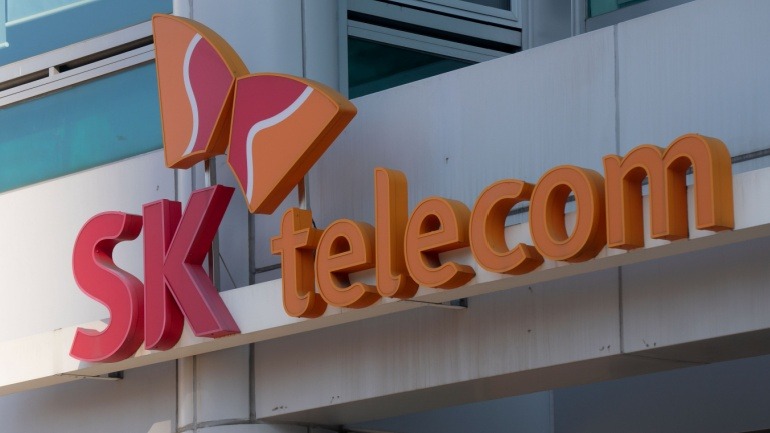The anticipated turnaround in the augmented and virtual reality (AR/VR) market remains elusive, as first-quarter shipments have once again plummeted. According to recent data from IDC, the volume of AR/VR shipments dropped by a staggering 67.4% compared to the same period last year. This decline follows a 54.4% drop in the first quarter of 2023 from the previous year.
Despite these significant decreases, IDC has not disclosed specific unit shipment numbers, reflecting the ongoing struggles within the market. For context, full-year shipments in 2022 were 8.8 million units, marking a 21% decline from 2021. This historical data suggests that first-quarter 2023 shipments likely fell below one million units, with an even sharper decrease in early 2024 to roughly 300,000 units globally.
The market’s poor performance is exacerbated by high average selling prices (ASP), driven by premium products like Apple’s Vision Pro mixed reality headset and Meta’s Quest 3. These high-end devices have pushed the ASP above $1,000, significantly higher than IDC’s 2022 projection of sub-$440 ASPs by 2024.
IDC attributes the current decline to the market’s transition towards new categories, including mixed reality (MR) and extended reality (XR). As these new technologies develop and become more mainstream, IDC anticipates a reduction in ASPs and a subsequent market recovery.
“Looking ahead, we anticipate ASP erosion across all products,” said Ramon Llamas, IDC’s research director for AR and VR. He highlighted the high costs associated with first- and second-generation devices, which are currently limiting broader market adoption. For the market to reach a larger scale, prices must drop significantly.
Despite the grim figures, IDC projects a 7.5% growth in global AR/VR shipments for the entire year of 2024 compared to 2023. However, given the recent trends, there is skepticism about whether this optimistic forecast will materialize.







